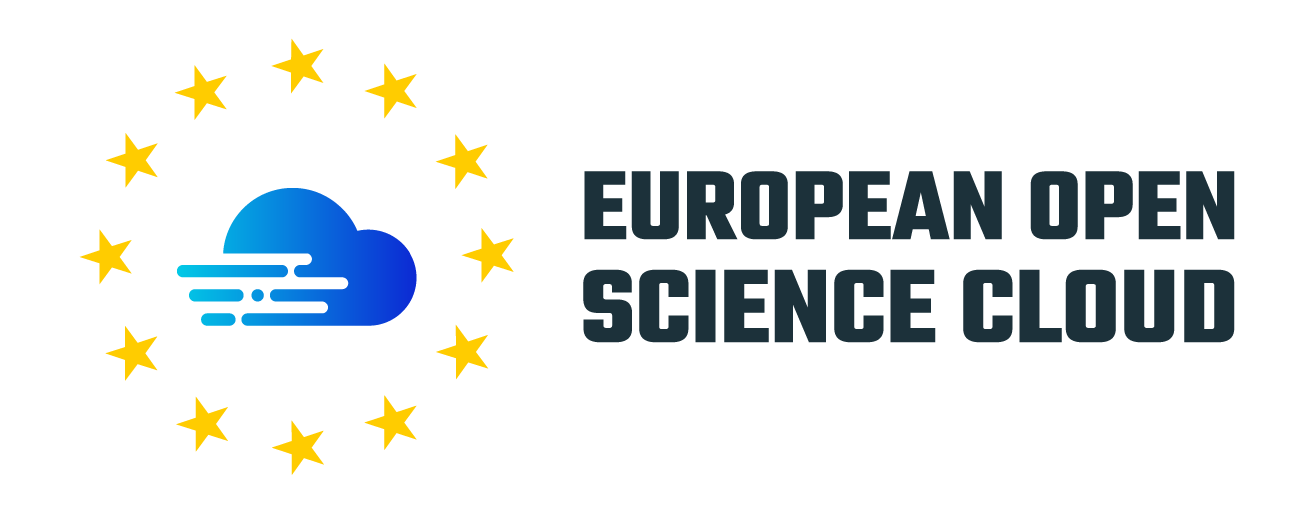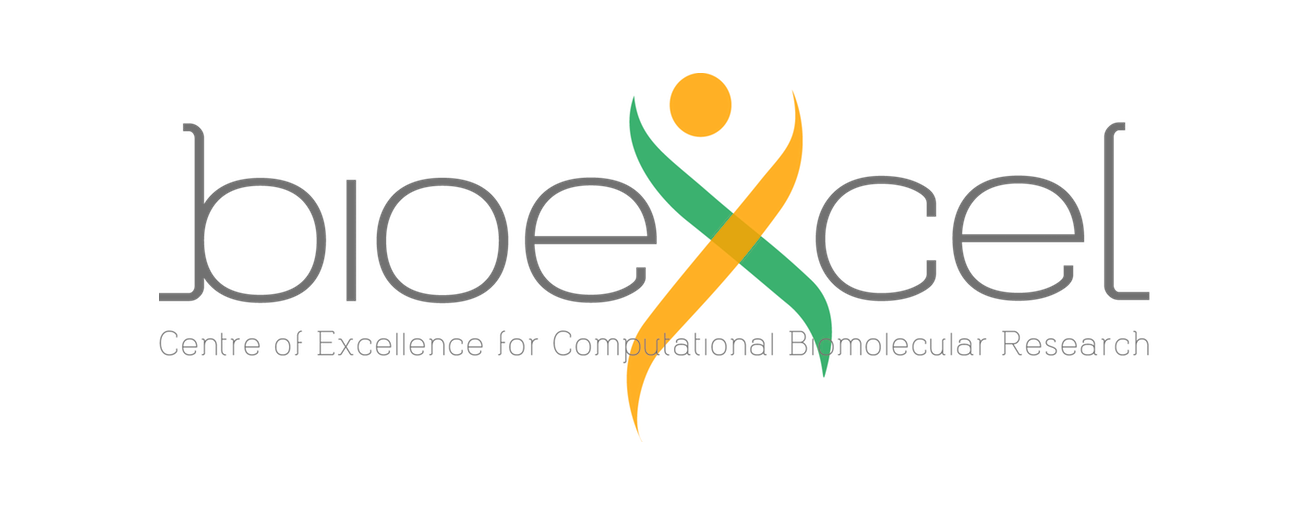Your Whiscy prediction (ExampleWhiscy) has finished successfully.
Please note that the results will be deleted after two weeks.
To cite Whiscy, please refer to:
- R.V. Honorato, P.I. Koukos, B. Jimenez-Garcia, A. Tsaregorodtsev, M. Verlato, A. Giachetti, A. Rosato and A.M.J.J. Bonvin (2021). Structural biology in the clouds: The WeNMR-EOSC Ecosystem. Frontiers Mol. Biosci., 8, fmolb.2021.729513.
-
De Vries SJ, van Dijk ADJ, and Bonvin AMJJ
WHISCY: What information does surface conservation yield? Application to data-driven docking.
Proteins: Struc. Funct. & Bioinformatics; 2006, 63(3): 479-489.
For more information about the predictive model please check the Whiscy prediction method page.
Further information can be found in the Whiscy Manual and an example of the Whiscy output can be found here.
Back to Whiscy home page
Structural prediction
WHISCY prediction depicted by b-factor column
| Low WHISCY score |
| High WHISCY score |
HADDOCK residues
| Passive residue |
| Active residue |
Prediction details
Active residues:
Passive residues:
Result notes
You should not trust WHISCY predictions blindly, but always try to relate them to information that you already have. WHISCY works very well for proteins with a single conserved protein binding site.
It should not be used for non-conserved interactions, such as antibody-antigens.
If you know that your protein has multiple binding sites, you should verify if a predicted site could be the one you are interested in.
Download outputs
| Archive file of all the outputs (.zip) |





